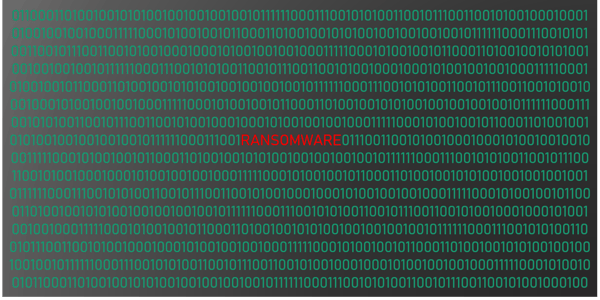July 13, 2020 • Ofir Ashman
Learning from the Honda Ransomware Attack
1Min read
•
Cybersecurity,
Ransomware,
threat intelligence,
information security,
infosec,
cyber landscape,
auto,
ICS ransomware attacks



